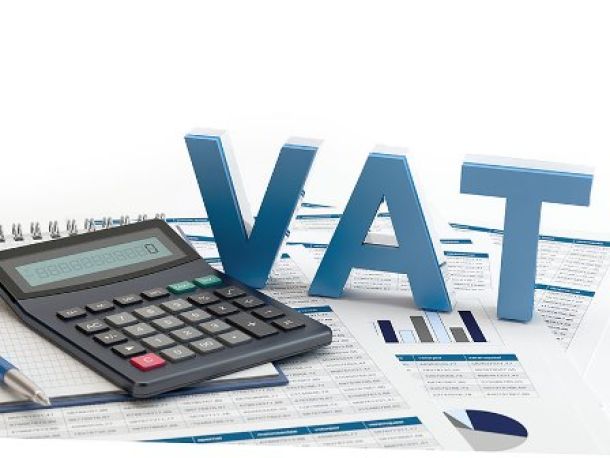Consumer inflation ticks up, food prices still rising fast
Consumer inflation ticked up slightly as expected in November, remaining firmly outside the Reserve Bank’s 3%-6% target range.
The consumer price index (CPI) increased 6.6% in November compared with a year earlier, Statistics SA said on Wednesday, from October’s 6.4%.
Trading Economic had forecast a 6.5% increase, and the Bloomberg consensus was for a 6.6% rise.
The Reserve Bank’s outlook for CPI inflation is that it will average 6.4% in 2016, coming back within the 3%-6% target range in 2017 when it is seen slowing to 5.8%, and easing further to 5.5% in 2018.
Fast-rising food prices as a result of a long and severe drought have been one of the main drivers of consumer inflation, and food inflation was barely changed at 11.6% year on year in November.
Announcing the decision to keep interest rates unchanged in November, Reserve Bank governor Lesetja Kganyago said the risk for inflation was slightly higher than in September, with food inflation again driving both producer and consumer inflation up in October. Food inflation was expected to peak only in early 2018, he said.
Fuel prices have been another factor. Although the latest fuel price movement was a cut of 20c, which took effect on December 7, fuel prices rose 88c over October and November.
Recent agreements to cut oil output, both within Opec, and between Opec and non-Opec producers, are expected to start soaking up a longstanding glut, pushing up crude prices, and local fuel prices will start to rise again.
The transport component of the CPI increased 6.4% in November from a year ago, and its contribution to the 6.6% year-on-year rise grew from 0.7 percentage points to one percentage point.
Compared with October, the CPI rose 0.3% in November, Stats SA said.
News Category
- International retailers
- On the move
- Awards and achievements
- Legislation
- Wine and liquor
- Africa
- Going green
- Supplier news
- Research tools
- Retailer trading results
- Supply chain
- Innovation and technology
- Economic factors
- Crime and security
- Store Openings
- Marketing and Promotions
- Social Responsibility
- Brand Press Office
Related Articles

Empowering South African households through gro...

SPAR shares practical tips to beat food inflation

South African motorists could be paying up to R...

Big VAT changes on the cards


